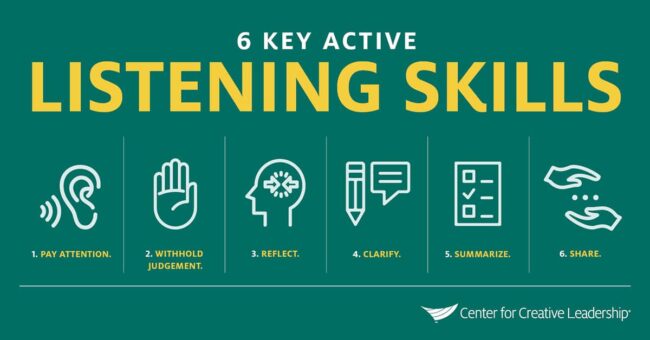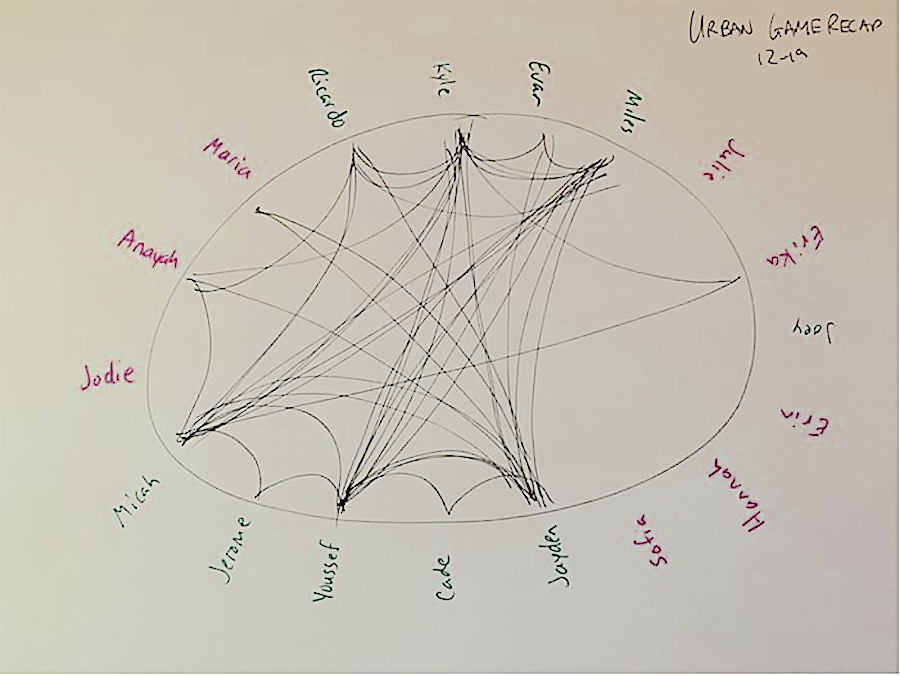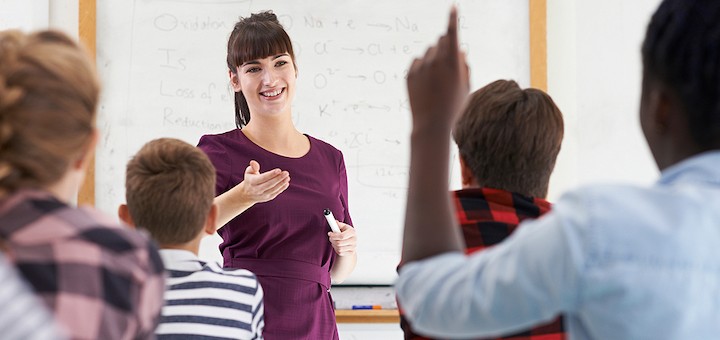Making Sure Students Know We’re Listening
As we self-reflect after a long teaching day, unit, or extended break, this series of UN-to-RE articles will deepen reflection about what needs UNDOING and expand our thinking about ways to RESET for greater student success.
This second article in the series highlights the missed opportunities when student voices are UNHEARD and explores the advantages of RECIPROCAL conversations in building strong student and parent relationships.

I recently called customer service to get a broken electrical device fixed. The representative asked a series of closed questions that mimicked automated prompting. “Does your device do this? Press one. If not, press two.”
At the end of the scripted troubleshooting, the representative announced she’d reached a conclusion. Excited to hear the company’s solution, I grabbed a notepad.
“Based on your answers, I’ve concluded your product is operating properly.”
Was I being heard?
Not only was I stuck with a broken product, I felt totally devalued as a longtime customer. However, it did get me thinking. How many times have we interacted with our students and they wondered, Was I heard?
Two-Way Communication Builds a Respectful Learning Environment
Communication is vital for building strong relationships between all stakeholders involved in students’ school lives. But not all communication is the same. One-way communication, like the morning announcements over the loudspeaker, serves its own purpose. One speaker delivers information to a whole group of listeners at once.
Two-way communication is more of a partnership that involves back and forth dialogue. It’s like tossing a ball back and forth. Both parties give and take feedback. There’s more of an emotional investment, and consequently, more at stake. Long-lasting meaningful connections depend on it.
Studies shared by Waterford.org (2022) suggest strong communication can increase student achievement, classroom participation, homework completion, and grades. When teachers also turn parent communication into collaboration, the benefits soar beyond the student level. Even teachers report feeling more fulfilled and competent.
Poor Communication Zaps Motivation
Teachers play a critical role in shaping students’ development. As early as the preschool years, we begin influencing their motivation to learn. Poor communication is a key reason why students lack motivation and don’t work to their potential.
To cultivate student success and build strong communication lines, we want to create a safe learning environment where students frequently receive positive feedback and praise and engage in meaningful conversation. Effective two-way communication is a life skill we need to model and teach.
Develop a Questioning Mindset
Keeping a conversation going puts a lot of pressure on some people. To cope, they default to easy close-ended questions that quickly end with yes or no responses. Another showstopper is “How’s it going?” – with its most frequent response, “Okay.”
Leading questions also make it awkward and difficult to express feelings. For example, the answer has been predetermined when a speaker asks, “While you read that chapter, you probably knew the protagonist would make that choice, right?” Such questions put the speaker in a position of power to control the conversation.
To encourage the shyest of students to participate in group talks, I’ve used a deck of Conversation Starter cards. In the same vein, perhaps it could help to have a few Conversation Continuers in your back pocket, such as:
- Is there anything else you’d like to ask about … ?
- What do you feel is going best right now with … ?
- Can you explain more about … ?
- What led you to that conclusion?
Open-ended questions show interest in the other person’s thoughts, feelings, and interests. Communication is a bridge to long-lasting partnerships.
Active Listening Is Part of Asking Good Questions
Keep the flow of the conversation going! Allow wait time before chirping in. Respectfully give the speaker time to fully share their response. It shows empathy and understanding by allowing them time to talk. Plus, it gives you time to reflect and formulate your next question. The Center for Creative Leadership offers six techniques to enhance your listening skill set.

Help Students Build Stronger Reciprocal Conversation Skills
Consider tweaks to the expressive environments you create in your classroom. Both physical set-up designs and conversation strategies can shape positive classroom participation.
Converse in a circle formation to even the playing field. It conveys the shared power among all members of the conversation.
Create Conversation Maps to mark the flow of a conversation. This visible thinking tool helps prevent conversation hogs and encourages full participation.

During larger conversations, give partners time to first spin off into smaller side conversations before rejoining the larger group. Students get immediate feedback on their ideas, and it helps clarify their thinking.
Empower students by approaching them with curiosity instead of certainty. The Institute for Habits of Mind suggests using tentative language that conveys you don’t always know the answer to what is being asked. Helpful sentence stems include:
• How might …?
• When could …?
• What do you imagine an alternative might be to …?
Reciprocal conversation supports learners’ language development. The motivation to clearly express ideas in greater detail challenges students to broaden their vocabulary. Keep those kids talking!
Check out these MiddleWeb conversation resources:
Questioning, Discussion and Student Feedback
Welcome Parent Input
Two-way talk can increase parent engagement too. Squeezing in time for in-person meetings and parent-teacher conferences is tough, but well worth the investment in building a strong support team for our students. If in-person scheduling doesn’t work, tap into videoconferencing technology. Use the time together to craft an improvement plan. It will likely set minds at ease when parents and caregivers see you’re both offering input and being heard in the best interests of their child.
Share the Talking Stick
Establish a positive classroom community and school-home connections where all members feel safe to exchange ideas. Encourage two-way dialogue to generate mutual understanding and build trust. If you want students to hear the lessons you’re teaching, show you hear and value them.
References
Center for Creative Leadership. (2022). How to Use Active Listening Skills to Coach Others. CCL.org.
Simmons, J. (2022). A Better Route with Conversation Maps. ASCD.org.
The Institute for Habits of Mind. (2022). What are Habits of Mind? Habitsofmindinstitute.org.
Waterford.org (2022). How Two-Way Communication Can Boost Parent Engagement. Waterford.org.
Kelly Owens is a literacy interventionist who helps middle graders overcome past literacy struggles by building stamina, confidence, and a greater love of learning. As a teacher with over 28 years of experience, she has proudly represented Hillsborough Township Public Schools as a NJ Governor’s Teacher of the Year.
Kelly also co-created Buddies for the Birds, which was featured on Emmy Award-winning Classroom Close-up NJ. She earned her Ed.M. from Rutgers University. Additional writing credits include published work with The King School Series (Townsend Press), The Mailbox magazine, and MiddleWeb.



































